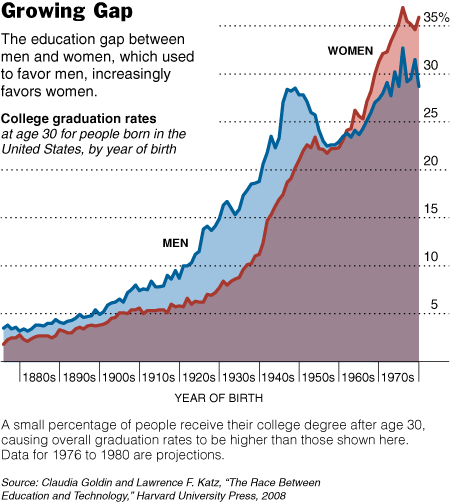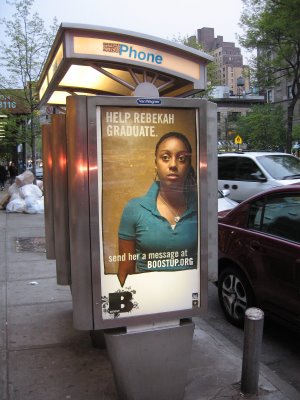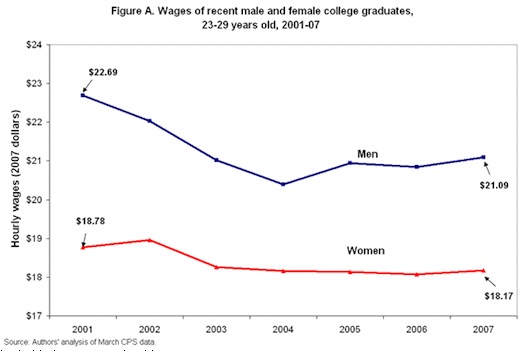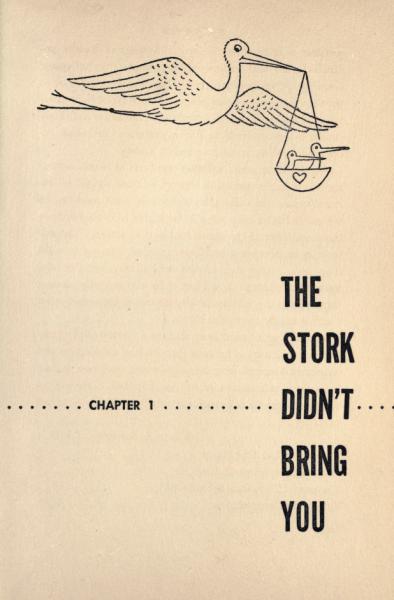The graph below, from the New York Times, challenges a stereotype about Asian-Americans and their choice of major in college. The author writes:
The report found that contrary to stereotype, most of the bachelor’s degrees that Asian-Americans and Pacific Islanders received in 2003 were in business, management, social sciences or humanities, not in the STEM fields: science, technology, engineering or math.
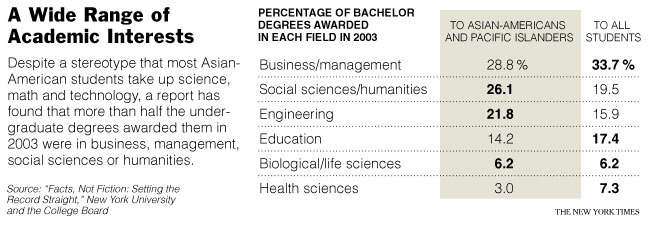
The article also discusses the way in which the category “Asian-American/Pacific Islander” makes invisible the dramatic discrepancy between the educational attainments of Asians who’s families immigrated from different places. For example, they write:
…while most of the nation’s Hmong and Cambodian adults have never finished high school, most Pakistanis and Indians have at least a bachelor’s degree.
The SAT scores of Asian-Americans, it said, like those of other Americans, tend to correlate with the income and educational level of their parents.
And, to a great degree, the success of a given Asian immigrant group in this society is correlated with the wealth of the nation from which they immigrated.

